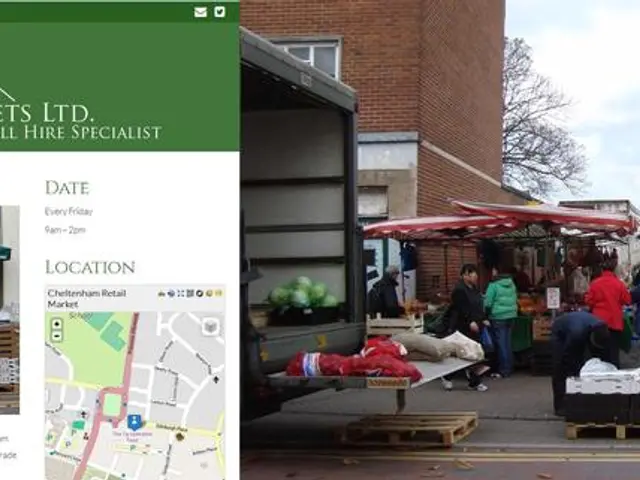Validation of Digital Badges: Establishing Reliability and Genuineness in Digital Credentials
In the digitalized society, the integrity of people's accomplishments and credentials has become crucial. This is where blockchain technology steps in, providing a secure, transparent, and reliable means of verifying digital badges and credentials.
Blockchain enhances the verification and integrity of digital badges by creating immutable, tamper-proof records of credentials on a distributed ledger. This ensures that badges cannot be altered or forged after issuance, guaranteeing their authenticity and trustworthiness throughout the online credentialing process.
Tamper-proof record storage is one of the key aspects of blockchain technology. Each digital badge or credential is recorded on the blockchain, which means once issued, it is permanently logged and cannot be changed without detection. Cryptographic hashing is another feature that ensures the integrity of the credential over time. Blockchain uses cryptographic algorithms to generate unique digital fingerprints for each credential. Any unauthorized alteration changes the hash value and signals tampering attempts, enabling reliable detection of fraud.
Decentralized consensus is another significant aspect of blockchain technology. Multiple network participants validate and approve credential records, eliminating risks of centralized fraud or manipulation by a single authority. Digital signatures are also commonly used, adding a cryptographic layer that confirms the origin of the credential and prevents forgery.
Each digital badge typically includes a unique verification URL or metadata embedded on the blockchain, allowing organizations or individuals to instantly verify the authenticity of a credential through automated systems or blockchain explorers. This approach is increasingly viewed as cutting-edge in digital verification and is revolutionizing credential management by preventing fraud and enabling instant, trustworthy verification.
Smart Contracts may automate the verification process on blockchain networks, awarding and confirming online badges based on specific requirements. Interoperability standards, like IMS Global Learning Consortium's Open Badges, will make online badges more compatible with different operating systems and enable interoperability.
Cybersecurity measures, such as advanced encryption methods and multi-factor authentication, will be used to guard against theft and unauthorized modifications of online badges. The issuer's reputation is an important consideration in digital badge verification, as it helps to ensure the validity and reliability of the badges. A badge issued from a reputable organization has additional weight and credibility, increasing the likelihood that it will be acknowledged and accepted by organizations and institutions all over the world.
Self-sovereign identities and credentials are becoming more popular, giving individuals more control over their own online credentials. Online badges will continue to play an essential role in authenticating skills and credentials in the labor market and the educational sector as they are more widely accepted by governments, companies, and educational institutions.
Verified badges are essential in persuading employers, educational institutions, and online communities that the certificates they represent are authentic and reliable. The authentication procedure for verified badges ensures the person has achieved the required standards or obtained the relevant certification. Biometric authentication techniques like face recognition and fingerprint scanning will be used to increase security in the credential verification process.
AI and machine learning will be crucial for credential verification, helping to automatically assess the integrity of online badges. Openness and traceability offered by verified badges further bolsters online credentials' legitimacy. Reputable issuers like Sertifier follow stringent criteria and verification procedures to uphold the legitimacy of the credentials they issue.
Blockchain's openness and decentralization make it easier to cross-reference and verify the legitimacy of online badges. The use of blockchain technology for credential verification is not confined to a particular industry. More people are expected to utilize blockchain technology for credential verification, enhancing the reliability of online badges.
QR codes with Near Field Communication (NFC) technology will enable quick retrieval of a badge's related metadata and confirmation of its legitimacy. Blockchain technology is a significant participant in badge verification, offering a transparent and secure way to preserve data integrity.
- In the education-and-self-development sector, the adoption of blockchain technology for digital badge credentialing is revolutionizing the process, ensuring authenticity and trustworthiness through immutable, tamper-proof records and cryptographic hashing.
- Finance industries are increasingly using blockchain verification to securely authenticate digital badges, enhancing the reliability of online credentials for employment and reducing fraud risks through decentralized consensus, digital signatures, and advanced cybersecurity measures.
- As more organizations turn to technology for credentialing, blockchain's transparency and openness are proving invaluable in the verification of digital badges, enabling quick and trustworthy validation through QR codes with Near Field Communication (NFC) technology and automated systems like AI and machine learning.








